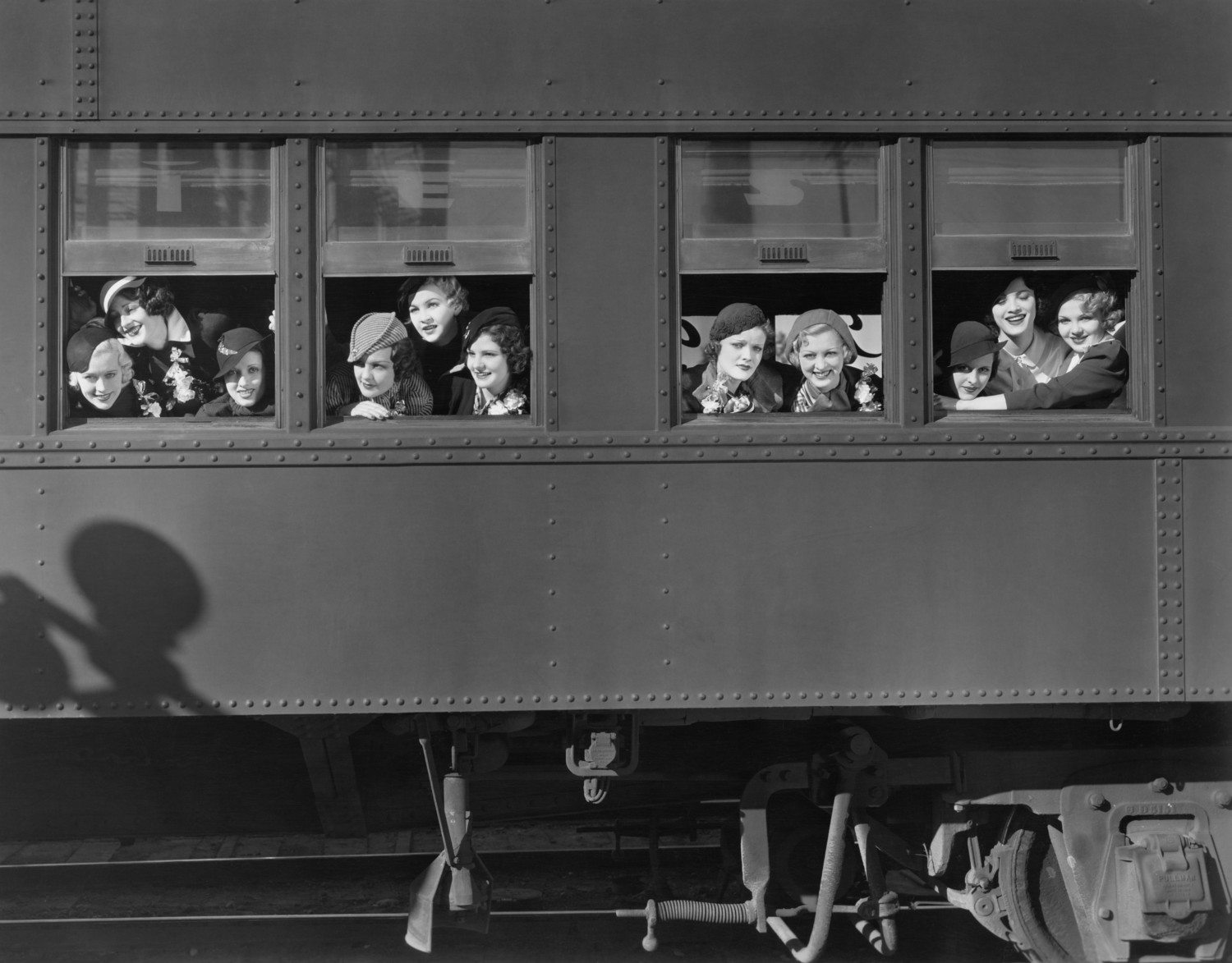Here’s What People Used To Think Would Happen To Women’s Bodies During Train Travel

- March 3, 2017 |Last updated on 01/12/2022
Concerns about traveling have existed ever since humans developed the capability to move from one place to another. But the worries of today — terrorism or the possibility of our GPS driving us into a lake among them — seem a wee bit more realistic than the transportation concerns of over 100 years ago.
A big concern a century and a half ago was that (stick with us here and hold that eye roll) women’s bodies were not designed to move at 50 miles an hour, and their uteruses would fly out of their bodies if they were on a train.
Spoiler alert: They will not.
Others thought the human body, male or female, might simply melt away at such high speeds.
No matter how odd they might seem now, back then, people’s fears were very real to them—just as ours are to us today.
This worry didn’t end at trains, however. People were just as concerned about automobile travel.
In the early 20th century, vehicles were seen as evil and terrifying. There was little understanding of speed, and automobiles were loud for both horses and drivers. There were also no stop signs, traffic lights or driver’s education, which made driving cars a bit of an extreme sport. Of course, these “Devil Wagons” were especially too much for frail and exhausted ladies (you can roll your eyes now), so the argument was made that women should not drive.
Obviously, this didn’t last and thanks to female drivers like Emily Post and Edith Wharton, we women can now go wherever we please, however we want!
This myth of movement also involved sports, with a Berlin doctor writing in 1898 that violent movements could cause “a shift in the position and a loosening of the uterus as well as prolapse and bleeding, with resulting sterility, thus defeating a woman’s true purpose in life, i.e., the bringing forth of strong children.”
Thankfully, that myth has since been debunked and we are free to be as active as we want. And, not for nothing, “the bringing forth of strong children” is no longer the only acceptable pursuit for women!
Cultural anthropologist Genevieve Bell told the Wall Street Journal TECH that this initial fear of trains and automobiles stemmed from the reaction to new technology, mostly ones that alter time, space and our relationships with others.
Of course, with our rate of technological innovation, that fear is still very real. A 2015 study even found that fear of technology, including cyberterrorism and corporate or government tracking of personal information, is stronger than the fear of economic collapse or running out of money in the future.
It’s okay—and probably even smart—to be a little wary of technology, but look how far we’ve come thanks to so many amazing inventions. Where would we be without it? Certainly not flying in airplanes. We don’t even want to know what our ancestors would think of that one.
[h/t: mental_floss]







